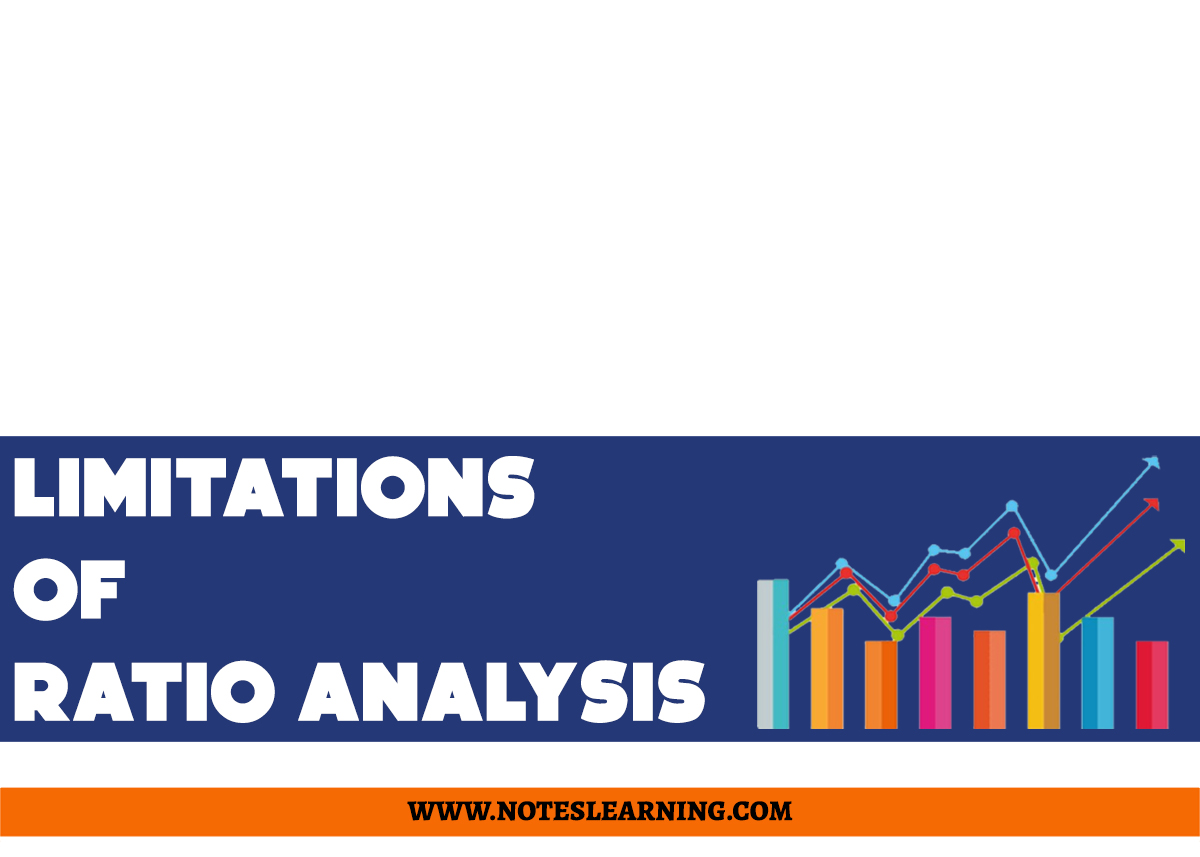Introduction to Ratio Analysis
Ratio analysis is an analytic tool for measuring the financial performance of the organization or businesses. This analysis is also used as a diagnostic tool to find the sources of financial trouble at a company. It is generally a comparative analysis between two factors.
Ratio analysis is useful for various stakeholders of the company like shareholders, bankers, creditors, lenders, investors, government, customers etc. This involves different methods of calculating and interpreting financial ratios to access the firms’ performance and problems.
Five categories to Ratio Analysis
- Profitability Analysis
- Liquidity Analysis
- Solvency Analysis
- Valuation Analysis
- Efficiency Analysis
Limitations to Ratio Analysis
There are multiple advantages of ratio analysis. Despite this, there are many limitations to the ratio analysis. Some of such limitations are:
Historic Data
Ratio analysis considers the data from the past to measure and analyze. This means, the conclusion(result) from ratio analysis does not provide the contemporary information.
Exclusive of external factors
Such analysis doesn’t include various external factors of the economy which measure the performance of the company. There is no tangible measurement of inflation, recession, credit crunch etc. Comparing two figures with different external parameters affects the analysis, but ratio analysis doesn’t consider such changes.
Disparity in practices
Financial statements are the source for ratio analysis. The disparity in practices in financial statements makes the ratio less credible. For instance, the income statement considers the current rate and valuation and the Balance sheet and other statements consider historical cost or valuation.
Differences in Accounting Practices
Ratio analysis is also a comparative study. Different companies have different accounting approaches to record the same transaction. One cannot be conclusive when we are comparing the same elements of two companies following two different accounting practices.
Window Dressing
It is a practice by the companies to make their financial statements look stronger. Companies represent their financial statements in a better way than they really are. For such falsified information, ratio analysis cannot be justified.
Interpretational Difficulties
There is no particular standard for ratio analysis. It is difficult to generalize about a particular ratio, if the ratio is good or bad. For instance, there is no particular sound ratio of strong liquidity i.e. ratio is comparative degree. It is difficult to interpret the ratio.
Seasonal Factors
The ratio can differ based on when they are calculated. Similarly, the time period, the mode of business operation, business model, business season etc. influence the ratio. There are different outcomes in different time periods or business cycles. Consistency in it is the limitation
References


